Nanomaterials have the following unique characteristics: ① small size effect. ② Surface and interface effects. ③ quantum size effect. ④ Macroscopic quantum tunneling effect.
With the rapid development of nanoscience and the extension to the scope of biomedicine, nanomedicine has been formed, which is a new technology means to apply nanoscience to clinical diagnosis and treatment.
Applications of Nanomaterials in Wound Management:
The chronic refractory wound on the body surface is a kind of ulcer that exists on the skin surface. The healing of such wounds is difficult. How to promote the effective and rapid healing of the chronic refractory wound on the body surface is a hot spot and key issue in clinical research. Especially in the selection of dressings, there is no unified clinical standard, and there is no consensus.
The development of wet healing theory and the continuous deepening of wound healing research by researchers have made people realize that the purpose of using dressings is not only to cover wounds, but also to help wounds heal and create the best environment for wound healing. In order to better achieve this goal, new materials are constantly being used in wound repair, and nanomaterials are also attracting more and more attention.
Nano-silver dressings are widely used in wound treatment and management. Clinicians compared them with traditional dressings, new dressings, bioactive dressings and other silver ion dressings, and found that nano-silver dressings also have certain applicability in different types of wounds . For example, in chronic wounds, it is mainly suitable for stage II-IV pressure ulcers, diabetic foot ulcers, and venous lower extremity ulcers; in infected wounds, it is mainly suitable for third-degree perianal infection in patients with acute leukemia, and prevention of catheter-related bloodstream infection; In burns and scald wounds, it is mainly suitable for large-area deep burn residual wounds, wound skin grafting, naval firearm injuries, and acute radiation skin injury of tumor patients; in surgical incisions, it is mainly suitable for urology, anorectal surgery, head and neck surgery, obstetrics and gynecology. Surgery wounds; in bite wounds, it is mainly suitable for dog bite wounds; in frostbite, it is mainly suitable for local frostbite wounds.
With the development of nanomedicine, various nanobiomaterials for wound repair have been gradually developed and entered into clinical application. In the long run, the vigorous development of nanomedicine in the field of trauma treatment and repair is expected to subvert people's concept of trauma treatment, and further supplement and enrich the concept and understanding of "minimally invasive treatment".

 English
English عربى
عربى Español
Español русский
русский 中文简体
中文简体






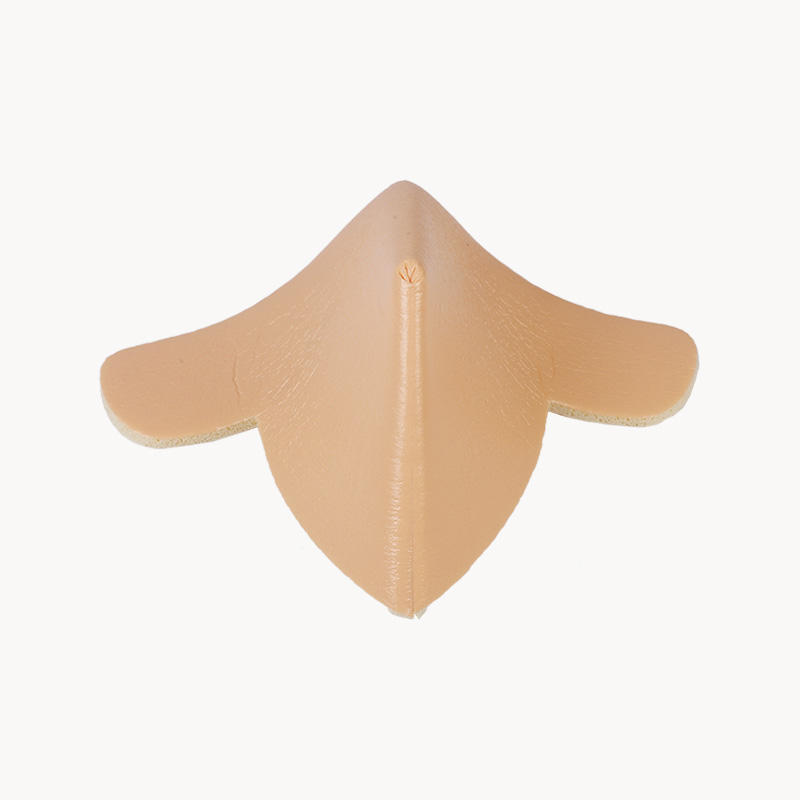
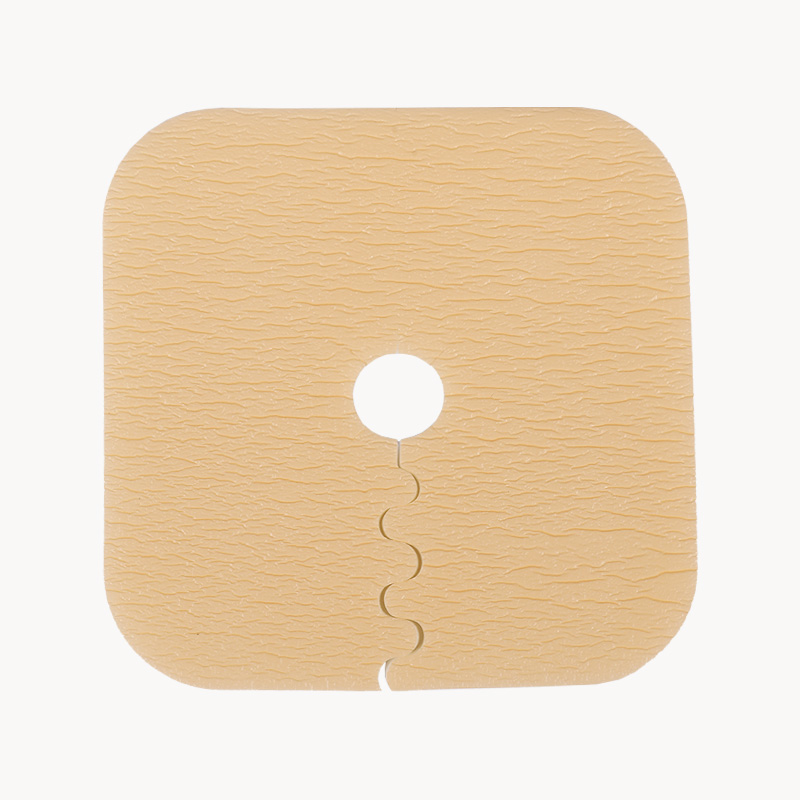
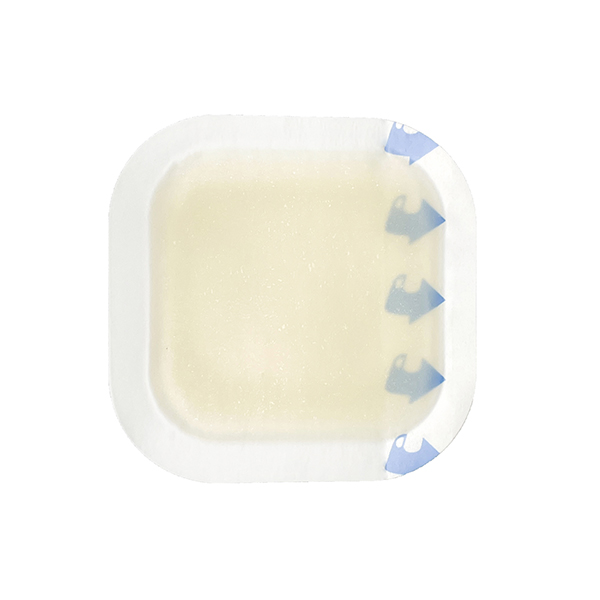
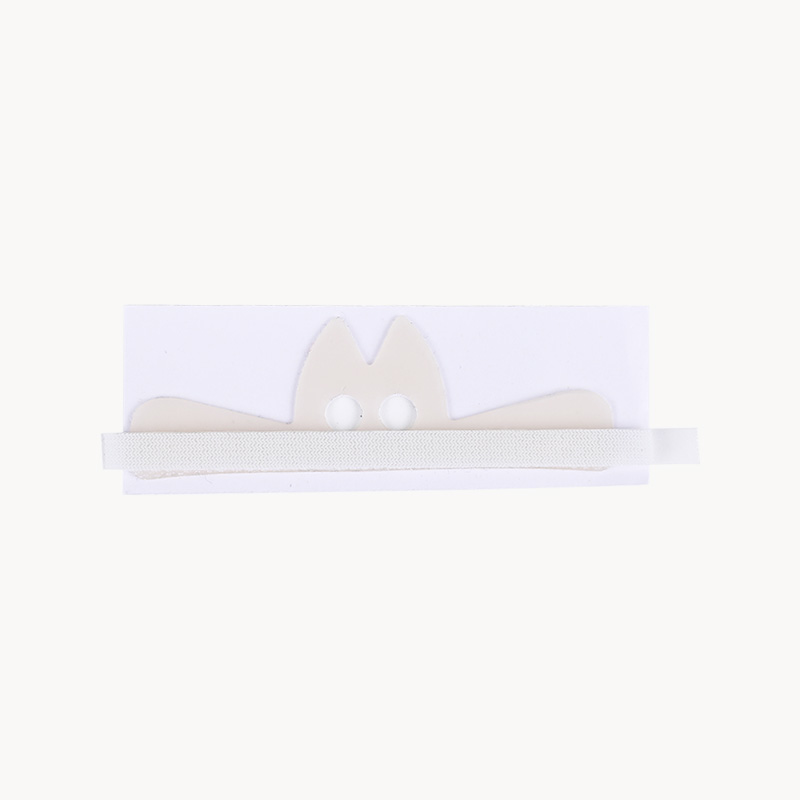
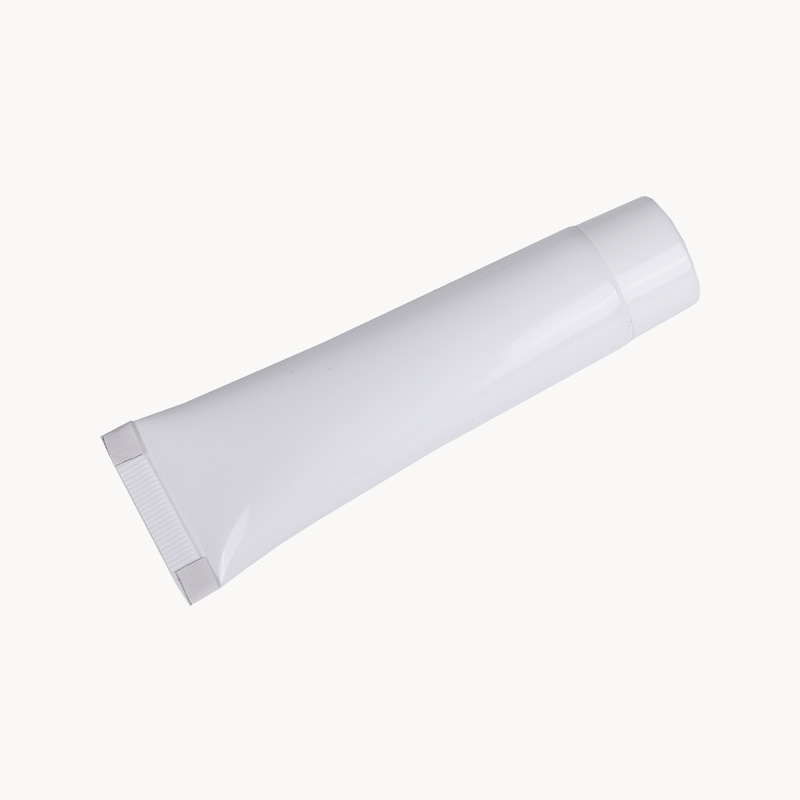
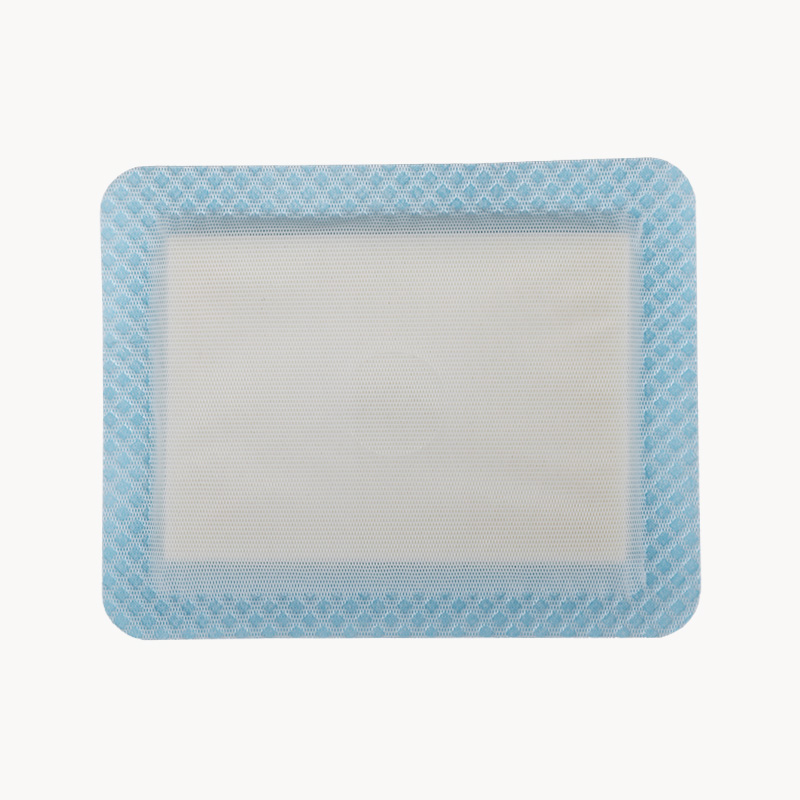
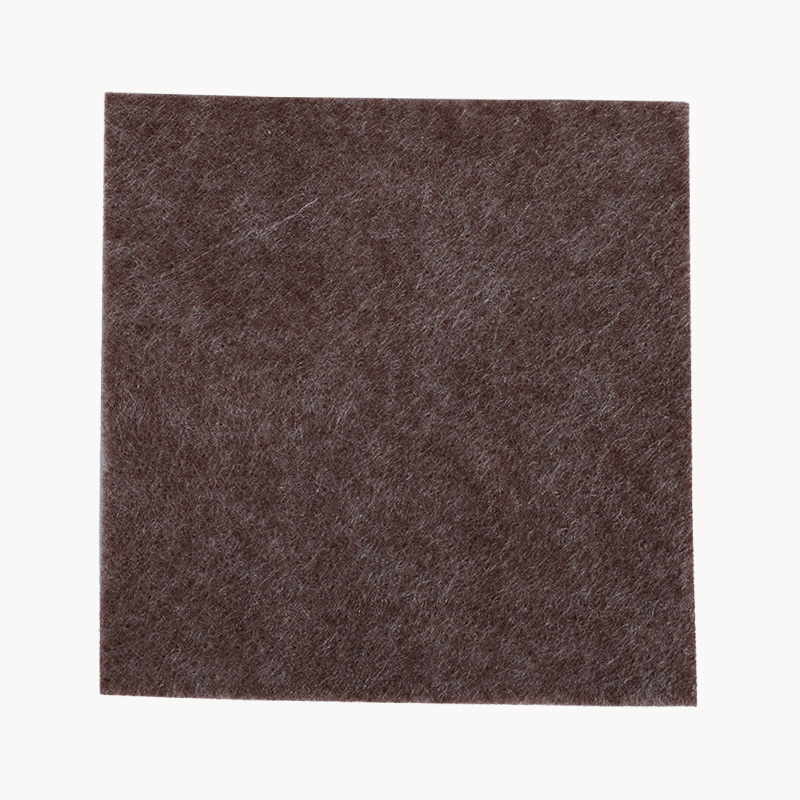
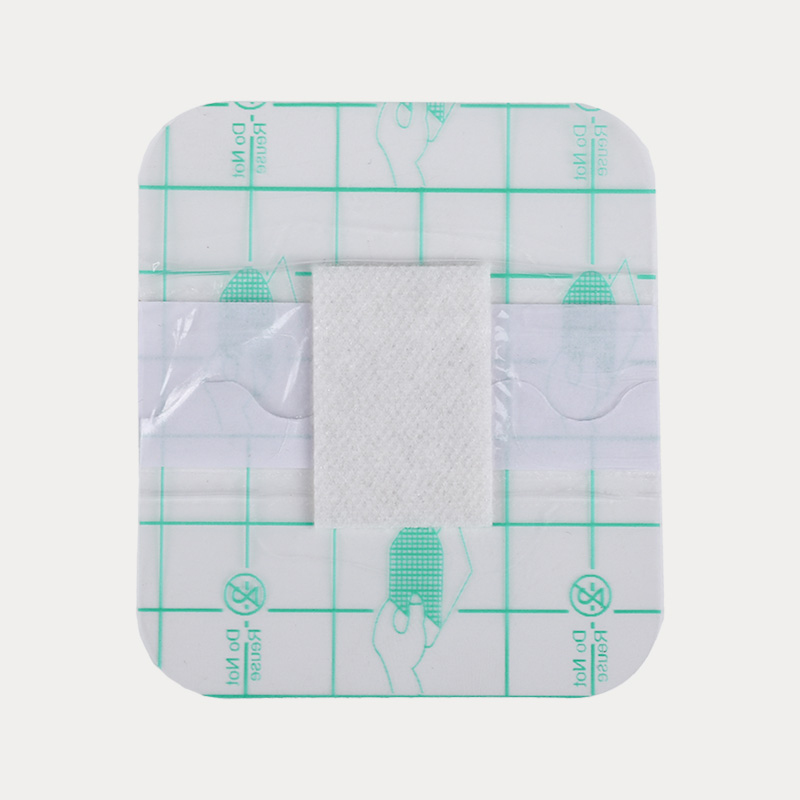
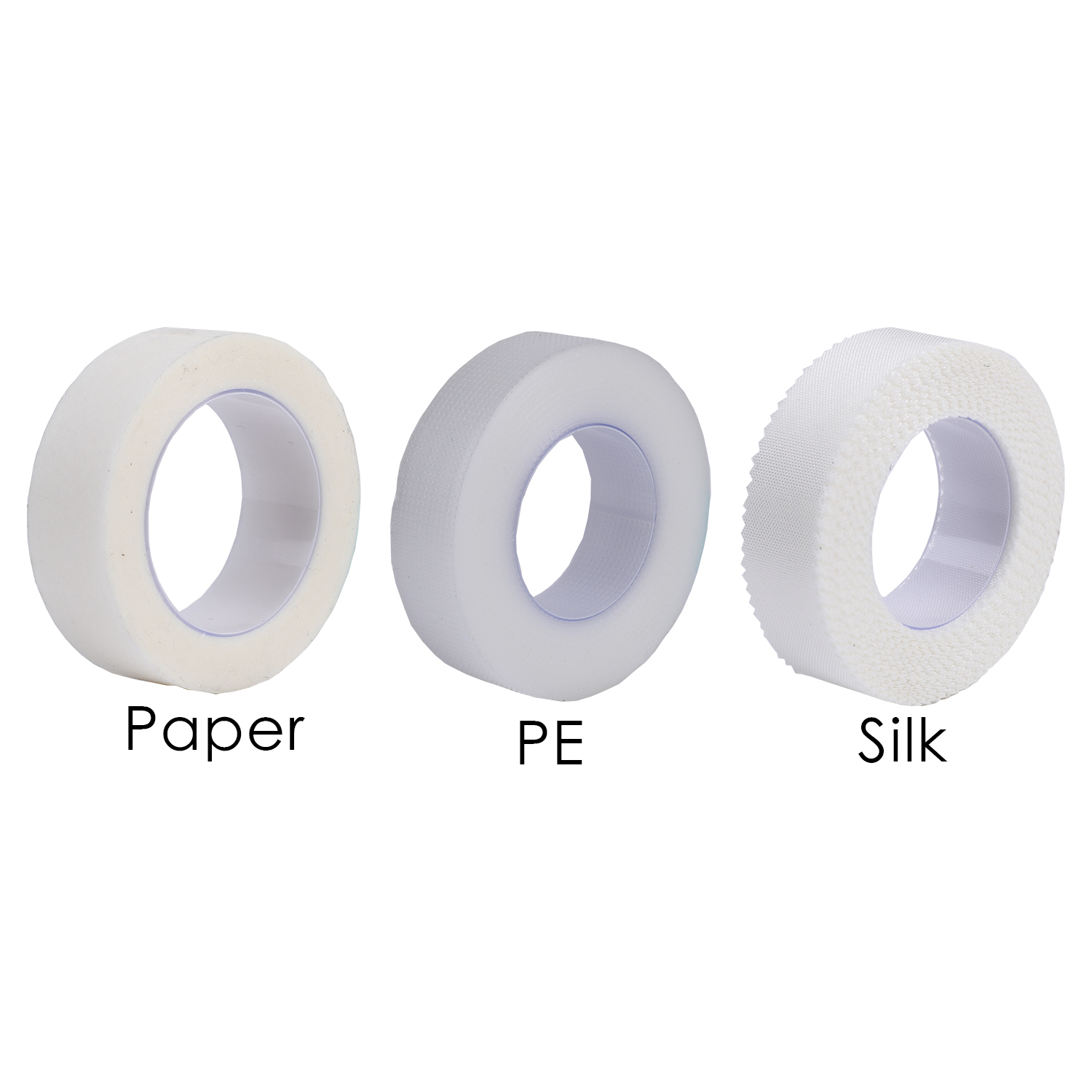
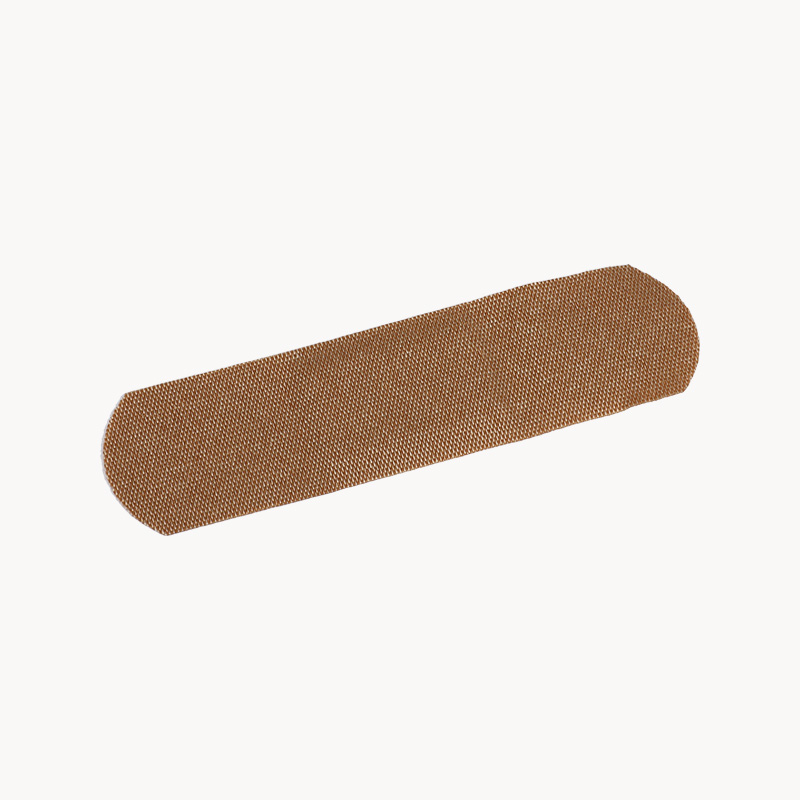
.jpg.png)


